I have been trying to calculate the core loss of my inductor E70 core but I was not able to calculate it. I calculated the operating flux density of my inductor which is 104mT and compared with the grapgh of the ferrite material (N87) Ploss vs B. I am getting around 80kW/m3. I do not know how to proceed from this also not sure how to convert it to Watt. I tried doing that but I was getting some unreal value so I thought it was wrong. Please let me know how can i do it. I attach the datasheet of the core. Please let me know if any data is necessary. Also I have a airgap of 4mm on each legs.
https://www.tdk-electronics.tdk.com/inf/80/db/fer/e_70_33_32.pdf


